Key Takeaways
-
Arachnid Family: Spiders and scorpions both belong to the arachnid class and have eight legs, but differ in form and function.
-
Distinct Physical Traits: Spiders have two body segments and often spin webs; scorpions have segmented bodies, a stinger-tipped tail, and large pincers.
-
Behavioral Differences: Spiders build webs or hunt actively; scorpions hunt at night, capturing prey with pincers and stinging to subdue.
-
Habitat Preferences: Spiders are found across varied environments, while scorpions prefer warm, dry areas like Arizona and Texas.
-
Health Risks: Venomous spider bites and scorpion stings can cause serious symptoms and may require urgent medical attention.
-
Prevention Strategies: Seal home entry points and clear clutter. Use UV light at night to detect scorpions.
-
Quirky Facts: Scorpions glow under UV light and their babies ride on their backs until mature.
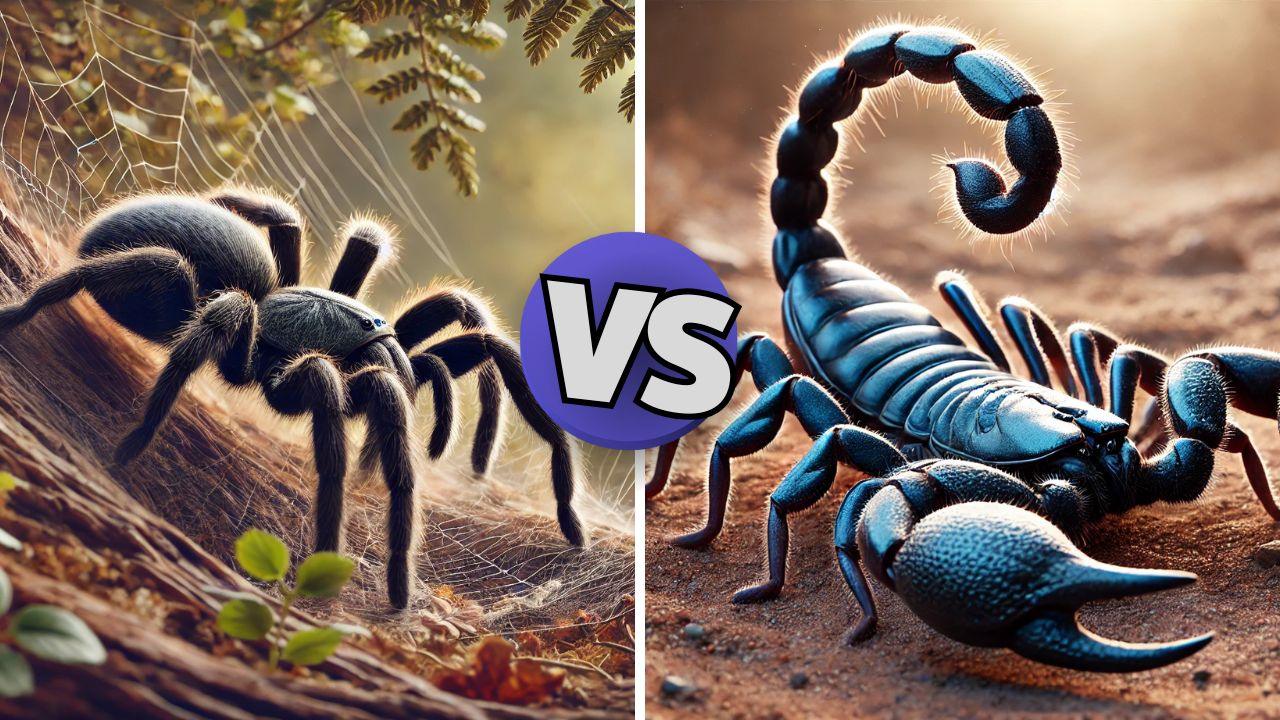 Scorpions and spiders are both arachnids, a class of joint-legged invertebrates known for their eight legs. Despite their similarities, they exhibit distinct differences in appearance, behavior, and habitat. Understanding these differences can help you identify these creatures accurately and take appropriate measures to manage their presence in your home or garden.
In this article, we’ll explain how to identify a spider and a scorpion, highlight their unique traits, and provide practical prevention tips.
If you’re struggling to identify whether you’re dealing with spiders or scorpions, our experts are here to help. Schedule a Free Pest Inspection Visit today to accurately identify and manage any pest issues in your home.
Scorpions and spiders are both arachnids, a class of joint-legged invertebrates known for their eight legs. Despite their similarities, they exhibit distinct differences in appearance, behavior, and habitat. Understanding these differences can help you identify these creatures accurately and take appropriate measures to manage their presence in your home or garden.
In this article, we’ll explain how to identify a spider and a scorpion, highlight their unique traits, and provide practical prevention tips.
If you’re struggling to identify whether you’re dealing with spiders or scorpions, our experts are here to help. Schedule a Free Pest Inspection Visit today to accurately identify and manage any pest issues in your home.


Not getting a solution?
Get your free pest control estimate today!Are They Even Related?
Yes, scorpions and spiders are relatives—imagine cousins at a family gathering who tolerate each other but keep their distance. Both belong to the arachnid family, setting them apart from insects with six legs. But that’s pretty much where their similarities end. Let’s dive into what sets them apart.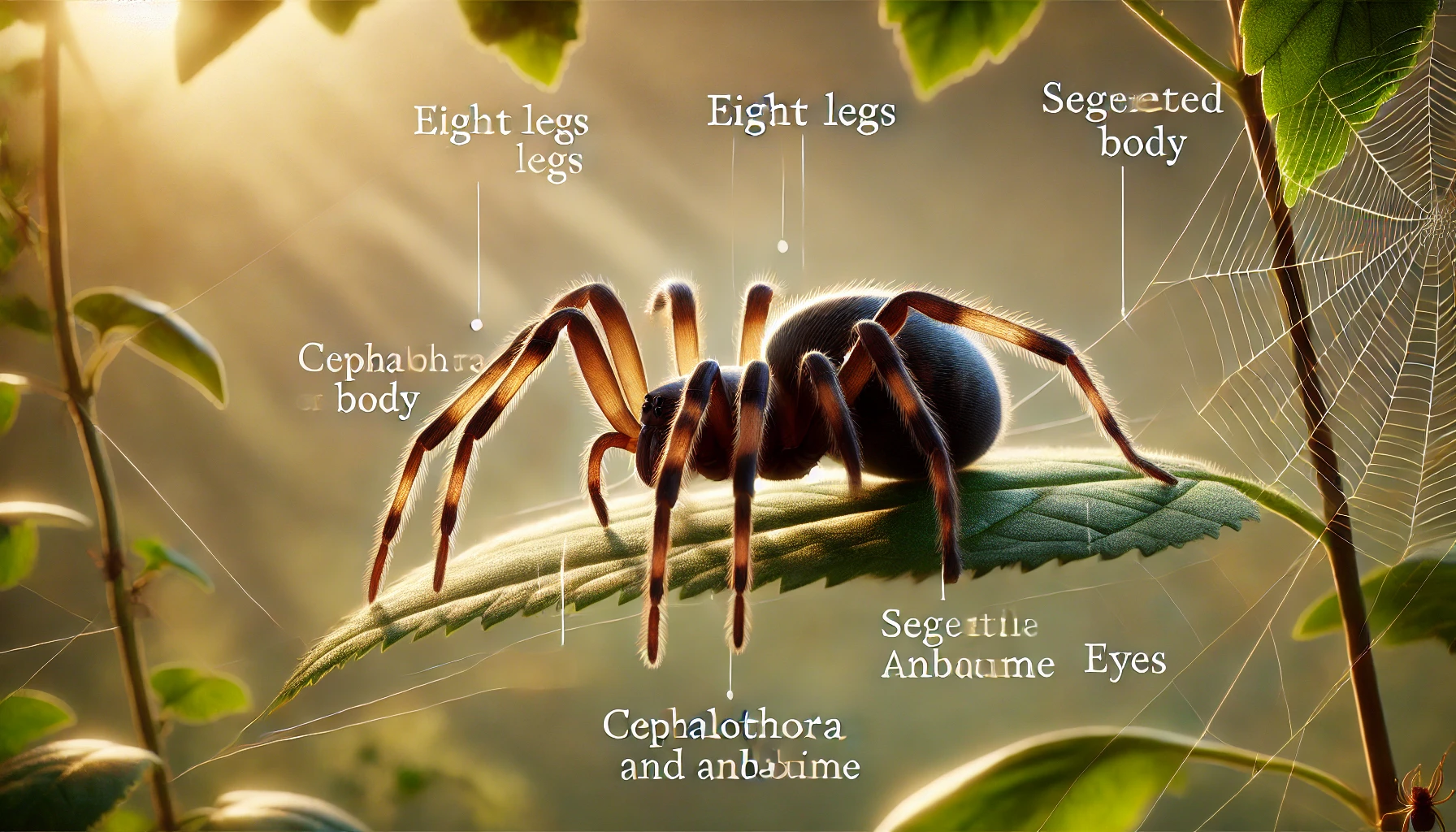
How to Identify a Spider
Spiders are among the most diverse arachnids, with over 45,000 species worldwide. They are commonly found in homes, gardens(like black and yellow spiders), and forests, playing a crucial role in controlling insect populations. They have eight legs.Key Characteristics of Spiders
-
 Appearance: Spiders inject venom using small but powerful fangs located near their mouths. Spiders have two main body segments (cephalothorax and abdomen) and, oval-shaped body eight legs. Many species have eight eyes, arranged in patterns unique to each type of spider, giving them excellent hunting abilities.
Appearance: Spiders inject venom using small but powerful fangs located near their mouths. Spiders have two main body segments (cephalothorax and abdomen) and, oval-shaped body eight legs. Many species have eight eyes, arranged in patterns unique to each type of spider, giving them excellent hunting abilities. -
 Behavior: Spiders exhibit various behaviors; some patiently build intricate webs to trap prey, while others actively hunt. They use venom to subdue their prey.
Behavior: Spiders exhibit various behaviors; some patiently build intricate webs to trap prey, while others actively hunt. They use venom to subdue their prey. -
 Webs: Not all spiders build webs, but those that do often create distinctive patterns like orbs, funnels, or cobwebs. Spiders have spinnerets that produce silk. If you’ve ever walked into a web, that’s their handiwork—used to trap prey or create safe hideaways.
Webs: Not all spiders build webs, but those that do often create distinctive patterns like orbs, funnels, or cobwebs. Spiders have spinnerets that produce silk. If you’ve ever walked into a web, that’s their handiwork—used to trap prey or create safe hideaways. -
 Habitat: Spiders can thrive in almost any environment, from damp basements to arid deserts. House spiders are frequent visitors in corners, basements and attics of homes, while tarantulas and wolf spiders are larger species found outdoors. Unlike scorpions, spiders populate every corner of the U.S., from bustling cities to quiet rural towns.
Habitat: Spiders can thrive in almost any environment, from damp basements to arid deserts. House spiders are frequent visitors in corners, basements and attics of homes, while tarantulas and wolf spiders are larger species found outdoors. Unlike scorpions, spiders populate every corner of the U.S., from bustling cities to quiet rural towns.
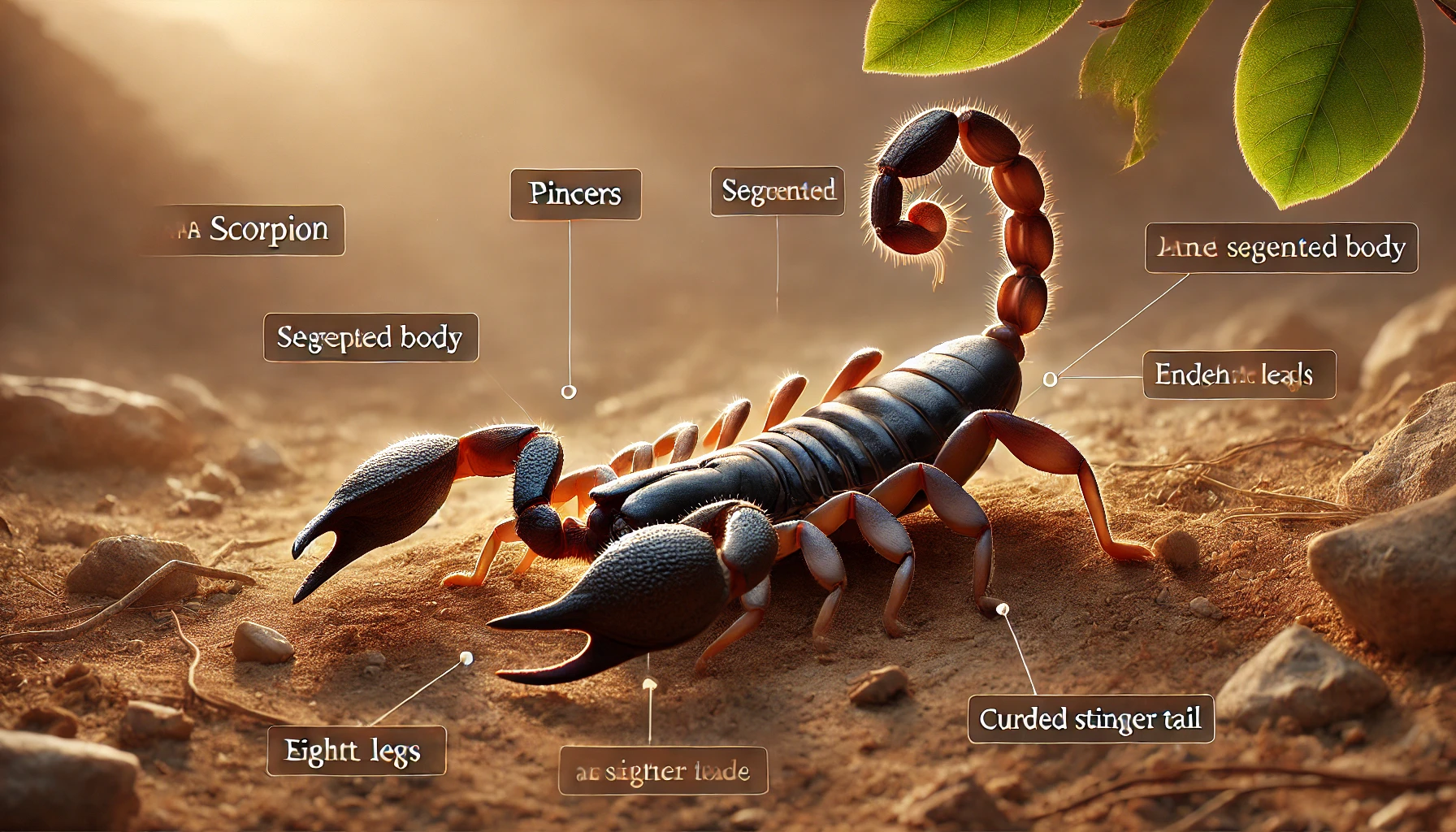
How to Identify a Scorpion
Scorpions are nocturnal arachnids known for their segmented tails and pincers. They are often associated with dry climates but can also be found in forests and grasslands.Key Characteristics of Scorpions
-
 Appearance: The signature feature is their long, segmented tail, always poised menacingly over their body. Scorpions have elongated, segmented bodies taper and tails ending in a venomous stinger giving them an almost prehistoric appearance. They also have big claw-like pincers (pedipalps) for grasping and inmobilize prey. A surprising fact—scorpions glow vividly under ultraviolet (UV) light, making them easier (and a little unsettling) to spot at night.
Appearance: The signature feature is their long, segmented tail, always poised menacingly over their body. Scorpions have elongated, segmented bodies taper and tails ending in a venomous stinger giving them an almost prehistoric appearance. They also have big claw-like pincers (pedipalps) for grasping and inmobilize prey. A surprising fact—scorpions glow vividly under ultraviolet (UV) light, making them easier (and a little unsettling) to spot at night. -
 Behavior: Scorpions are nocturnal hunters that actively search for insect or smell prey and use their pincers to capture prey and their stinger for defense or subduing food.
Behavior: Scorpions are nocturnal hunters that actively search for insect or smell prey and use their pincers to capture prey and their stinger for defense or subduing food. -
 UV Reactivity: Scorpions glow under ultraviolet light due to chemicals in their exoskeleton, making them easier to detect at night.
UV Reactivity: Scorpions glow under ultraviolet light due to chemicals in their exoskeleton, making them easier to detect at night. -
 Habitat: Scorpions are night-time hunters rarely spotted during daylight hours. They favor warm, dry climates across Arizona, Nevada, Texas, and California and often hide under rocks, logs, or debris during the day.
Habitat: Scorpions are night-time hunters rarely spotted during daylight hours. They favor warm, dry climates across Arizona, Nevada, Texas, and California and often hide under rocks, logs, or debris during the day.
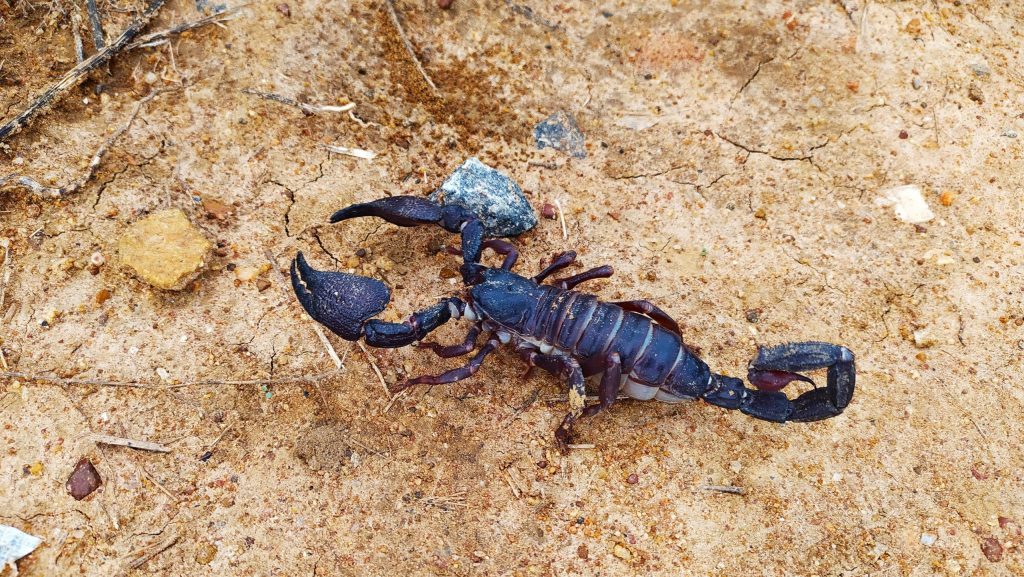
Spider vs. Scorpion: Key Differences
Although both spiders and scorpions belong to the arachnid family, their differences in physical traits and behaviors make them easy to distinguish.| Feature | Spiders | Scorpions |
|---|---|---|
| Body Structure | Two body segments; no tail | Segmented body with a tail ending in a stinger |
| Legs and Appendages | Eight legs | Eight legs and pincers |
| Web Production | Many species produce silk | Do not produce silk |
| Hunting Behavior | Web trapping or active hunting | Pincers and stinger for hunting |
| UV Reactivity | No UV reaction | Glow under UV light |
| Habitat Preferences | Diverse habitats | Prefer warm, dry environments |
Why It’s Important to Know the Difference
Understanding whether you’re dealing with a spider or scorpion is crucial for determining the appropriate pest control measures. While most spiders and scorpions are harmless, some species can pose risks to humans.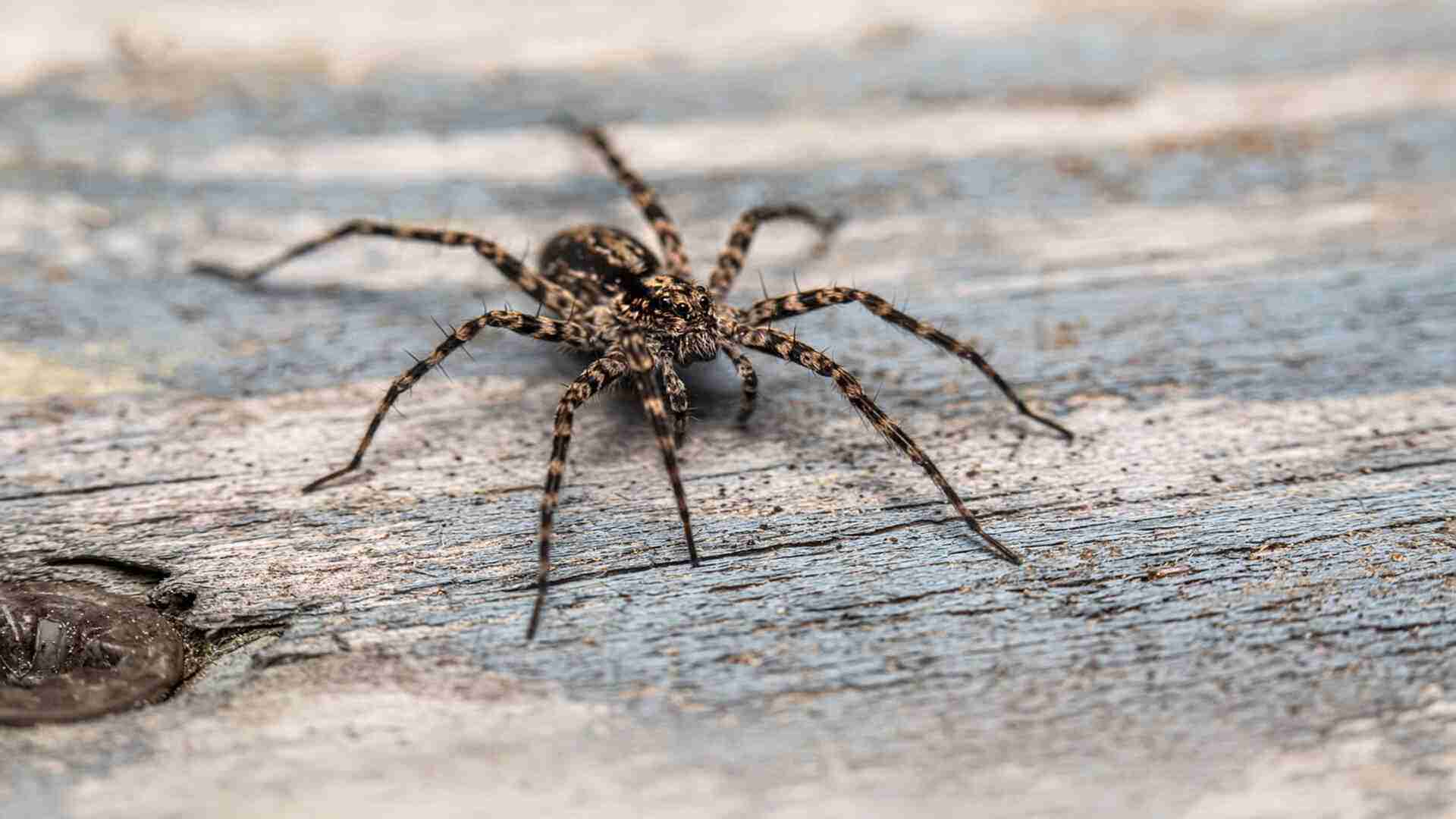 Potential Risks of Spiders:
Potential Risks of Spiders:
- Most spiders are harmless, but venomous species like black widows or brown recluses can cause serious reactions.
- Black Widow spiders can cause severe muscle pain, fever, and nausea.
- Brown Recluse bites might lead to significant skin ulcers requiring professional medical care.
- Symptoms of a spider bite may include redness, swelling, and in rare cases, systemic effects.
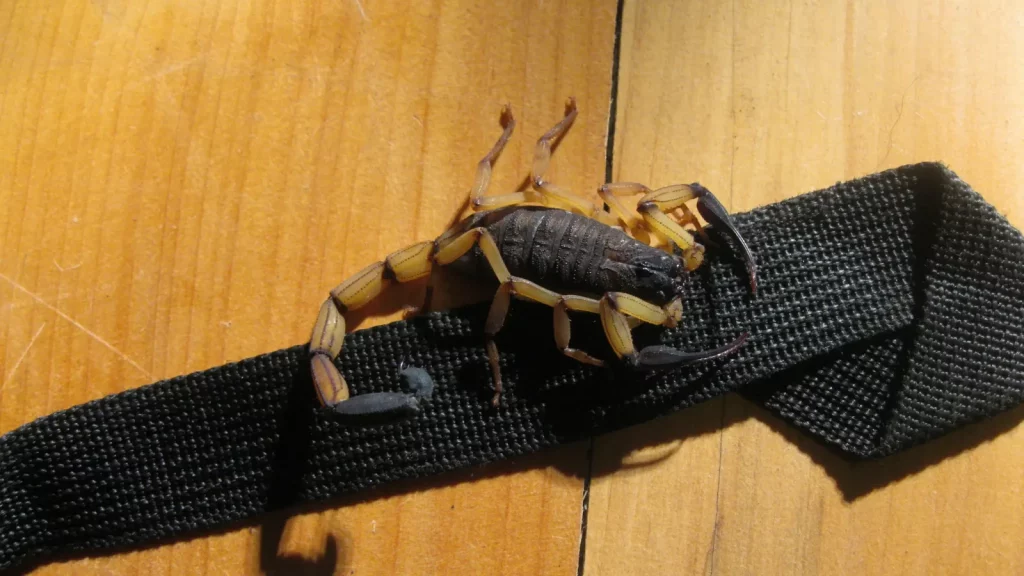 Potential Risks of Scorpions:
Potential Risks of Scorpions:
- Scorpion stings can range from mild to severe, depending on the species. In rare cases, stings from species like the arizona bark scorpion can inflict intense pain, numbness, and sometimes life-threatening reactions, especially in children, the elderly, or pets that may require medical attention.
- Symptoms of a scorpion sting include localized pain, swelling, and numbness.
- Immediate medical attention might be necessary in these cases.
Prevention and Control Measures
Both spiders and scorpions can be managed effectively with proactive measures. Why Pest Control is Different for Each Controlling spiders and scorpions requires distinct methods. Typical sprays effective against spiders often don’t work against scorpions, which are tougher and require specialized treatments to control effectively.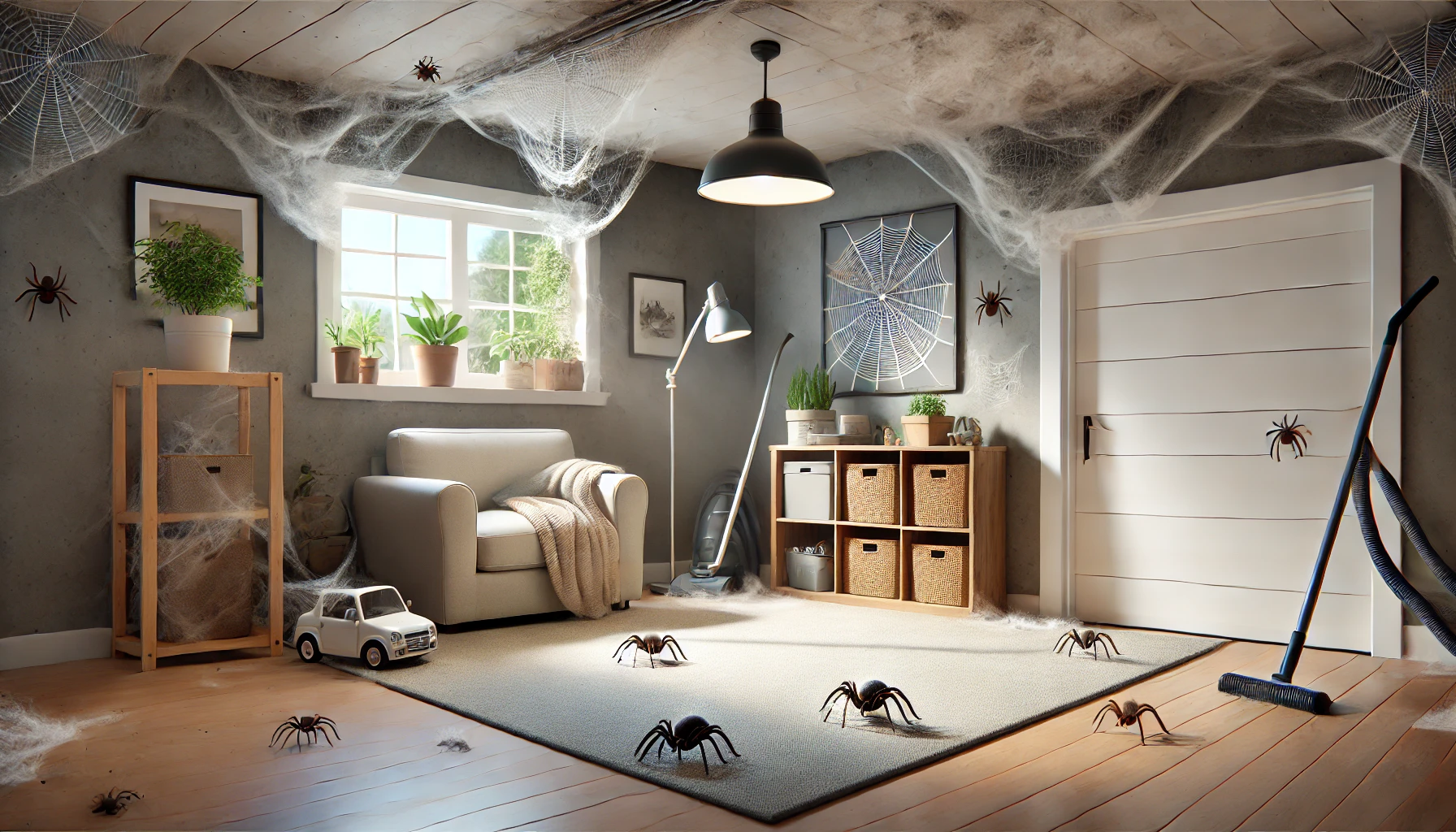
Tips for Preventing Spiders
-
Seal cracks and crevices around windows, doors, and foundations.
-
Reduce clutter, especially in basements and attics, to eliminate hiding spots.
-
Use natural deterrents like citrus or essential oils, which repel many spider species.
-
Regularly vacuum webs and egg sacs.
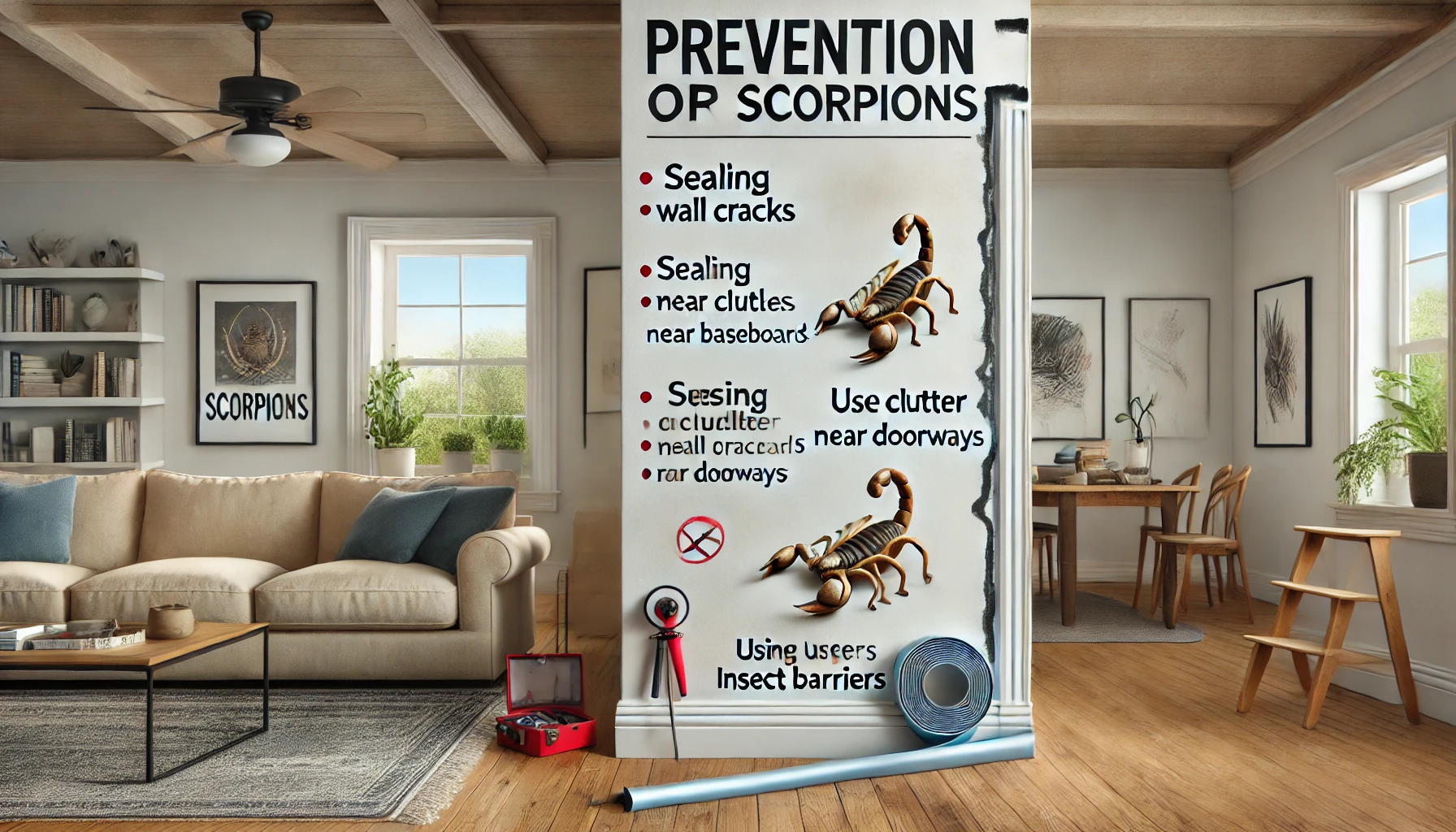
Tips for Preventing Scorpions
-
Remove outdoor debris like logs, rocks, and woodpiles near your home.
-
Install weather stripping, clearing clutter, sealing entry gaps under doors and windows and removing outdoor hiding spots significantly reduces scorpion presence.
-
Regular inspections at night using UV lights can reveal hidden scorpions.
-
Use a black light to detect scorpions at night and remove them safely.
-
Keep your yard free of excessive vegetation and moisture.
-
Hiring pest control professionals is your best option. They use specific insecticides designed to eliminate scorpions.
Interesting and Quirky Facts
-
Baby Scorpions' Ride: Scorpions give birth to live young that ride on their mother’s back until they mature, unlike spiders who lay silk-wrapped eggs.
-
UV Glow Trick: Scorpions glow under UV light—a cool pest control trick and a fascinating sight at night.
-
Natural Pest Control: Spiders and scorpions help reduce insect populations, making them beneficial despite being unwelcome indoors.





